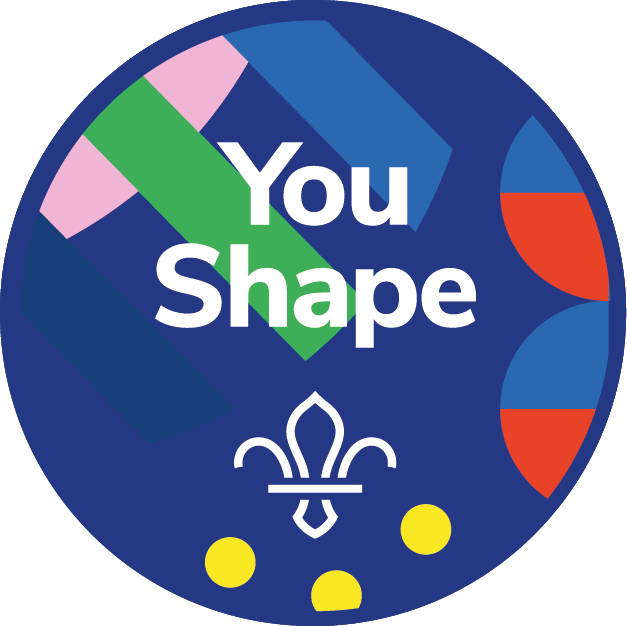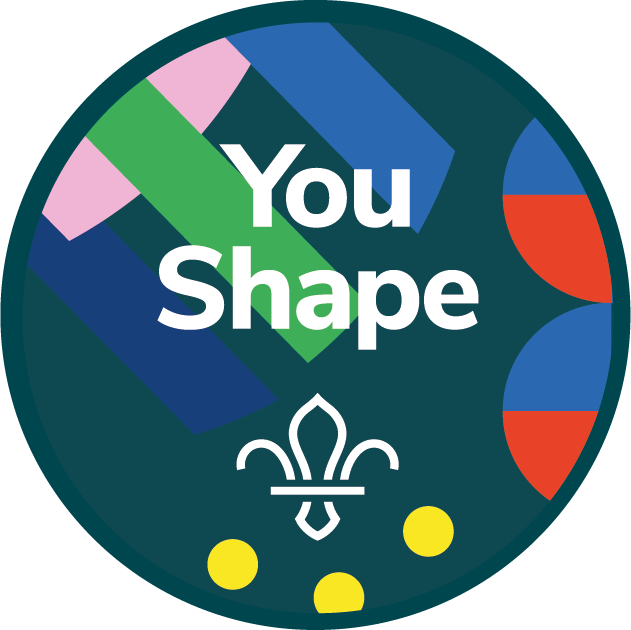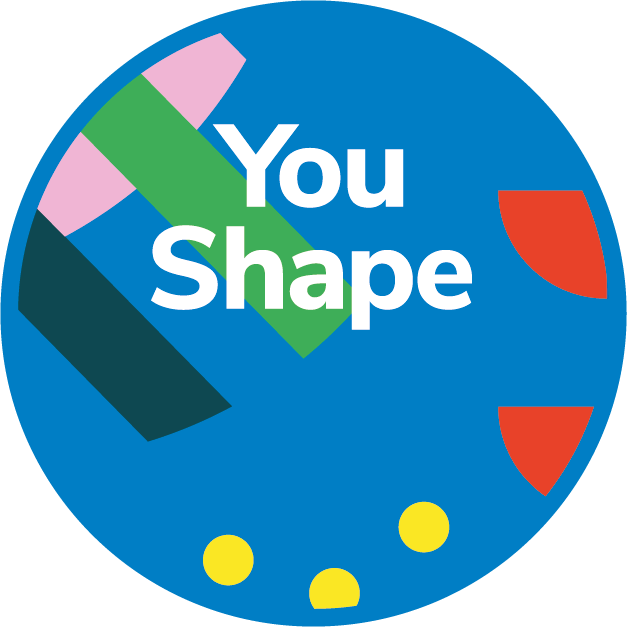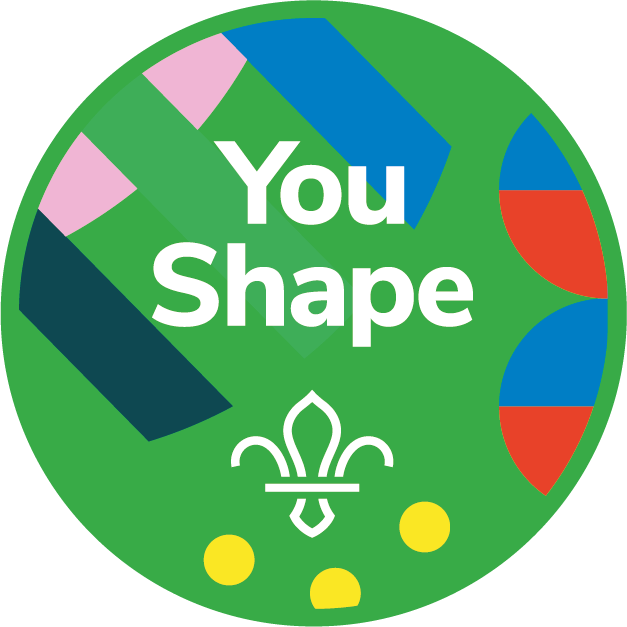
Get SMART
You’ll need
- Pens or pencils
- Scrap paper
This activity is the perfect way to set challenges for the Personal Challenge Award – but you could also use it to set targets for loads of other reasons. It could be useful for people working towards their Chief Scout’s Gold or Platinum Awards, King’s Scout Award, or Duke of Edinburgh’s Award.
- The person leading the activity should ask people what makes a good challenge or target.
- The person leading the activity should introduce the ‘SMART’ acronym and ask if anyone knows what the letters stand for and what they mean. Everyone should talk through the acronym.
- Everyone should take a few scraps of paper and think about ways in which they’d like to challenge themselves. It’s OK to be vague at this stage. They should jot one idea on each piece of scrap paper.
- Everyone should try to make their ideas a little more specific – ‘learn more skills’ could become ‘develop my cooking skills’, or ‘be helpful at home’ could become ‘do the washing up without being asked’.
- Everyone should split into pairs or threes. They should help each other figure out how they could measure their goals. For example, ‘you say you want to read more – roughly how much do you want to read each day or week?’ or ‘you say you want to be able to run further – how far can you run now? What’s a sensible target?’.
- Once everyone has a few specific, measurable, achievable, and realistic goals, the small groups should merge to form larger groups of about four to six people.
- Everyone should look at each other’s challenge ideas and work out how to make sure they’re timely. Does it need a deadline or time limit (for example, ‘in a month’s time I’ll be able to make three new recipes’), or is it something the person will do for a certain amount of time before stopping (for example, ‘I won’t use social media after 5pm for two weeks’)?
- Everyone should split into the same number of groups as there are adult helpers, so one adult can join each group.
- Everyone should spread their ideas in front of them. They should take a moment on their own to consider which they’d like to try.
- The adults in each group should talk to everyone in turn. Are the challenges they’re leaning towards smart, measurable, achievable, realistic, and timely?
- Everyone should choose one challenge to take on. The adult should choose another challenge for each person to take on – they could choose from the remaining scraps of paper, or they may have something else in mind.
- Everyone should decide how they’ll keep in touch about their progress. They could make a calendar to keep track of key dates, or put some time aside for everyone to catch up.
SMART is an acronym – a word made up of the first letters of each word in a phrase. SMART means specific, measurable, achievable, realistic, and timely.
Specific
Figuring out what your challenge is means you’re much more likely to get it done (and you’ll know whether you’ve reached your goal). For example, ‘be more helpful at home’ is very vague – it’d be hard to know where to start or when you’ve succeeded. ‘Help in the kitchen’ is a little better, but ‘help to prepare and cook dinner’ is an even clearer challenge.
Measurable
Figuring out how you’ll measure your challenge means you’ll know when you’ve hit your target. For example, if you challenge yourself to ‘eat more fruit and veg’ it’s hard to know what counts as a win – is one bite of carrot a week enough? If you set an amount, for example, ‘eat three portions of fruit and vegetables every day this week, and five portions of fruit and vegetables every day next week’ you’ll know what you’re aiming for.
Achievable
It’s great to dream big, but the best way to get there is to figure out the small steps to take along the way. ‘Run a marathon this summer’ is both specific and measurable, but if you’ve never laced up your running shoes, starting with a shorter distance is probably wise. It’s fine to change and move targets as you go, until you reach your dream.
Realistic
Something could be specific, measurable, and achievable, but the best challenges are realistic too. It may be achievable to read two books in a week, but if it’s not the school holidays, or if the local library is closed for a few weeks, it may not be realistic. Think about everything else you’ll need to get done during your challenge, and the resources you need. If it doesn’t seem realistic, it’s time to make some tweaks.
Timely (or time-bound)
Finally, once you’ve settled on a specific, measurable, achievable, and realistic goal, it’s best to stick a time limit on it. This is the final step as you’ll need all of the other information to know how long it’s likely to take. Setting a time limit keeps you motivated, and gives you the chance to check in with how it’s all going. For example, rather than just saying ‘only spend an hour a day online’ you could try adding a deadline and steps: ‘in three weeks’ time, I’ll only spend an hour a day online. For the first week, I’ll monitor how long I spend online, for the second I’ll spend half as long and try other activities, by the third week I’ll be able to spend one hour a day online’.
Reflection
This activity was a chance to try new things. A good challenge pushes people to find something different and give it a go. Had anyone used the ‘SMART’ acronym before this activity? Was it useful to think about challenges in a new way? Can anyone think of an example of when they’ve taken on a new challenge and succeeded?
This activity also needed everyone to be ready to stick at it. Did people plan super-easy challenges that they could complete in a few seconds? Hopefully not – people should have thought about something that’s a bit trickier and needs them to try their best. What will people do if they hit a setback during their challenge? Hopefully they’ll be able to pick themselves up and try again – people may think about who they could check in with to keep them on track. Has anyone ever pushed themselves to finish something tricky before? What helped them to carry on?
Safety
All activities must be safely managed. You must complete a thorough risk assessment and take appropriate steps to reduce risk. Use the safety checklist to help you plan and risk assess your activity. Always get approval for the activity, and have suitable supervision and an InTouch process.
Everyone’s challenges will look different, and that’s OK – they should be adapted to suit each young person and their abilities.
If anyone struggles to come up with a challenge, try giving them some examples.
Make it accessible
All Scout activities should be inclusive and accessible.
Everyone’s targets should be unique and relevant to them.





